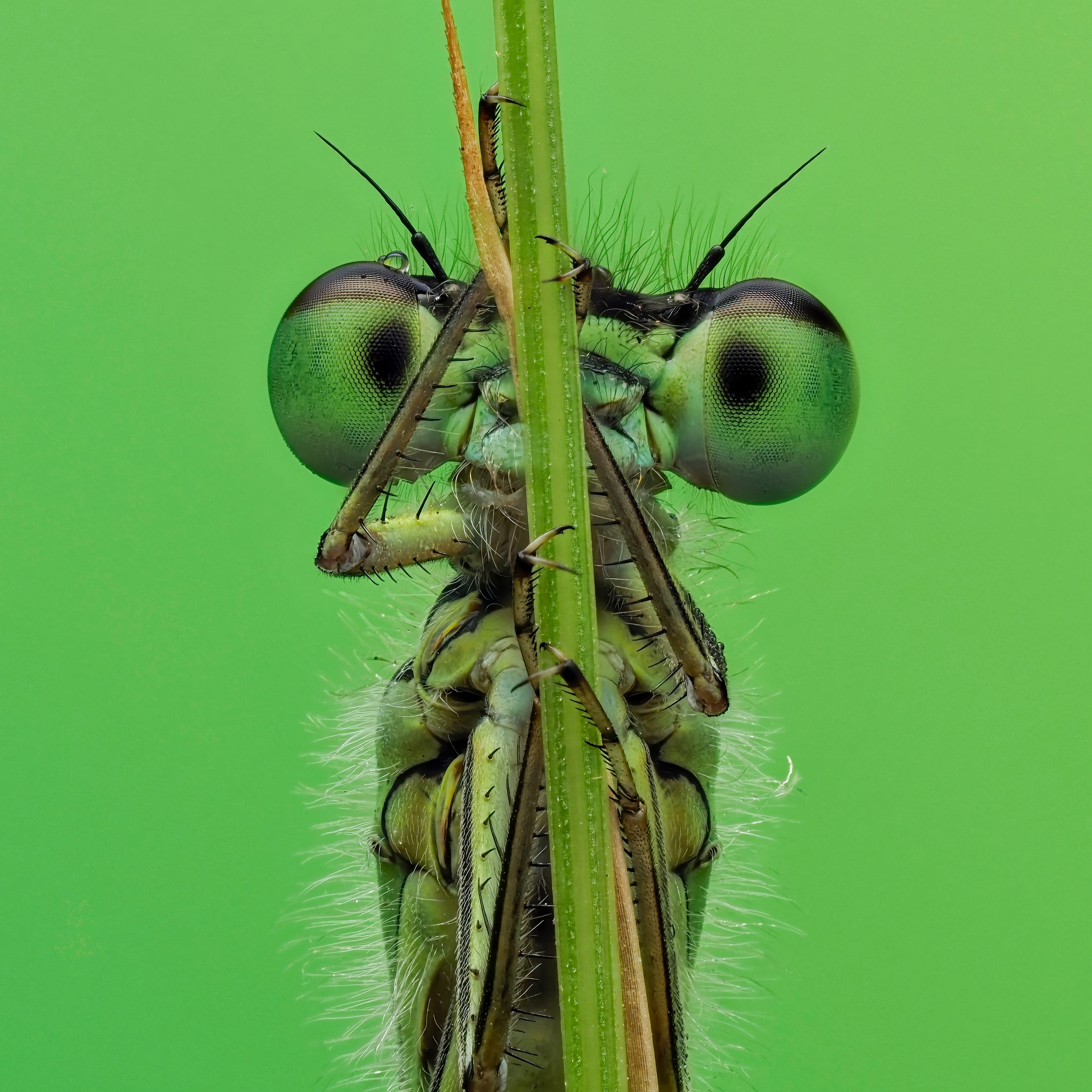Spindly Assassins Part 1
- Thomas Hunt
- May 1
- 3 min read
Updated: May 2
The Cellar Spider, one of the most common household spiders in the world, found in 196 different countries and in 6 out of the 7 continents. The chances are that you have one somewhere in your house right now. But how much do you really know about them? This project explores the lives of Cellar Spiders looking at their unique behaviour, from how they hunt and take down other spiders over twice their size, to how they care for their precious young.
Since working on this project I have really enjoyed photographing and learning about Cellar Spiders and it has allowed me to care for and understand them. This post will be a brief introduction to my current project on Cellar Spiders.

Let me introduce you to your household dweller, the Cellar Spider. You may recognise this spindly thing from the corner of your room or under your sink, often just sitting there, motionless. The Cellar Spider, or more commonly known as a Daddy Long Legs, can be found across the UK in the vast majority of homes, garages and sheds, so the chances are that you have one. They are often confused with other similar looking species such as Harvestmen and Crane Flies which are also called Daddy Long Legs, along with over 6,000 species of long legged invertebrates. Cellar Spiders can be identified by their long spindly legs. Their body is a yellow-brown colour or grey with darker markings on their legs, and they can often be found hanging upside down in a messy web.

There is a common myth that states that cellar spiders have the most potent venom of any spider but their fangs are too small to penetrate the human skin. However this couldn’t be further from the truth. The reality is that they do have the ability to bite humans, but it is very rare, and they would only do so if they feel threatened, for example, if they were being squashed. Their venom is also very mild and not medically significant to humans. It is primarily used to paralyse prey caught in their webs.

These spindly creatures may look quite weak and fragile, but in reality, they are sophisticated killing machines that are one of the top predators in the spider world. Each part of them has specifically evolved to give them the upper hand when encountering other spiders. Their most notable and unique feature has to be their abnormally long, thin legs, but how does this benefit them in any way? Their long, spindly legs help elevate them above the ground, allowing them to keep their distance from prey and position themselves above, so that they can kill them from behind. Their legs are also used as a means of defense by elevating their body off the ground, keeping it safe from other spiders. Their legs are often too thin for other spiders to inject venom into and are more likely to get bitten off instead. Cellar Spiders have the ability to regrow legs after they shed their exoskeleton.

Cellar Spiders are among the few spiders who will look after their eggs instead of just laying them and leaving. They may mate with multiple males, combining their sperm. The female has the ability to store the eggs and the males sperm inside her, giving her the choice to fertilize and lay the eggs whenever she wants. Because of this, she will tend to wait until she is fully fed before laying them. Once hatched, she will stay with all of her spiderlings in her web until their first moult, which may take up to 9 days. After this they will disperse and will be left to fend for themselves.
I hope you have enjoyed this brief introduction to my project, stay tuned for more information on their mating behavior and behind the scenes shortly.


Comments